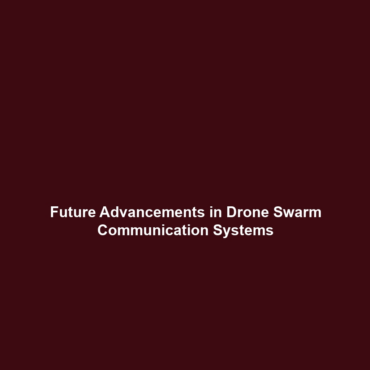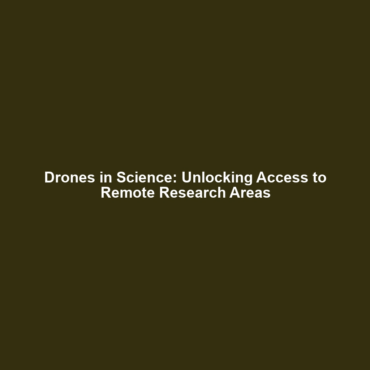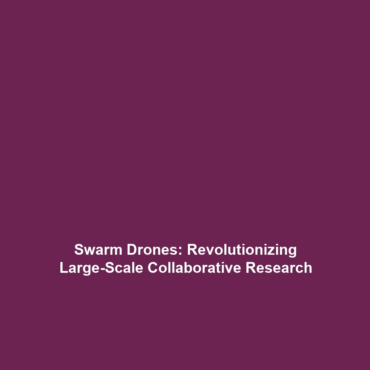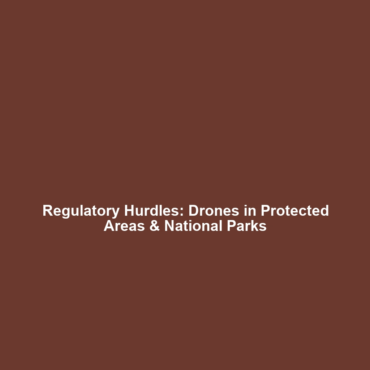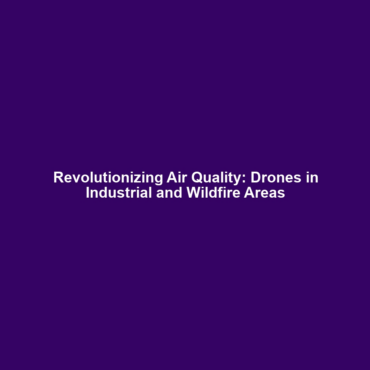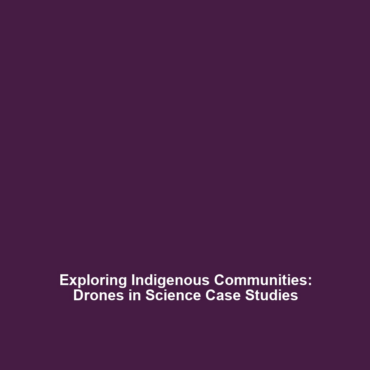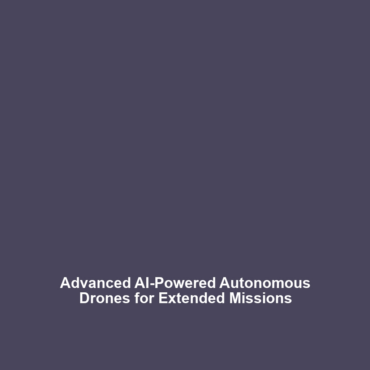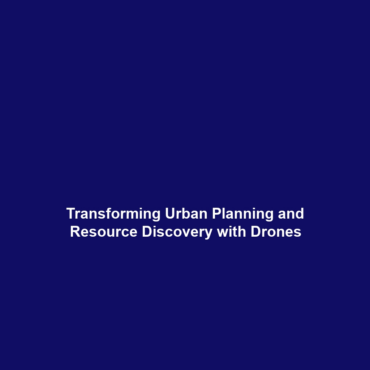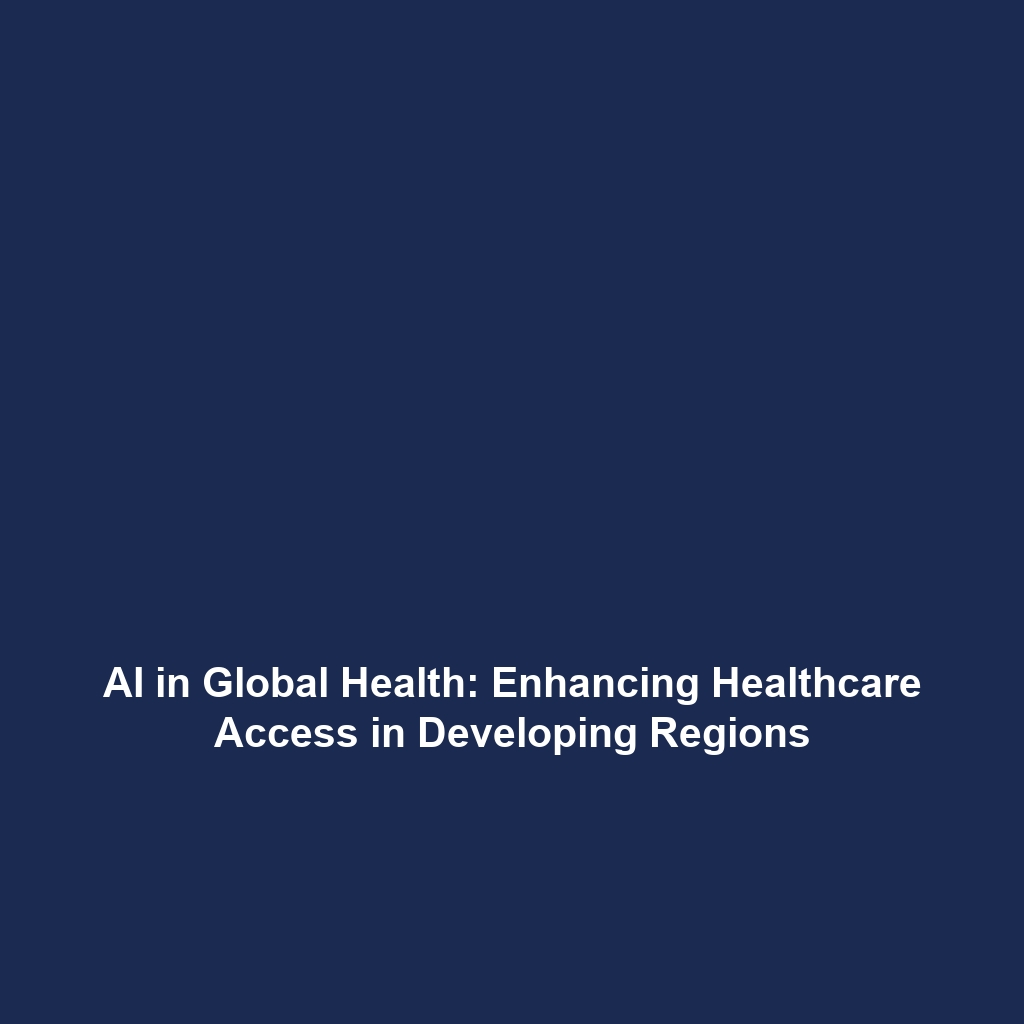Future Advancements in Communication Systems to Enhance the Capabilities of Drone Swarms
Introduction
The rapid evolution of Drones in Science has ushered in innovative communication systems that are set to revolutionize how drone swarms operate. These advancements are crucial for improving coordination and efficiency among clustered drones, enabling them to tackle complex scientific tasks such as environmental monitoring, disaster relief, and precision agriculture. As researchers explore the intricacies of swarm technology, understanding the significance of enhanced communication systems becomes paramount. This article delves into the future of drone swarms within a scientific context, highlighting key advancements, applications, challenges, and future research opportunities.
Key Concepts
Understanding Drone Swarms
Drone swarms are groups of unmanned aerial vehicles (UAVs) that operate collaboratively to perform a task. The key principles include autonomy, communication, and coordination. As advancements in communication systems are integrated with these principles, new possibilities arise:
- Decentralized Communication: Allows drones to share data directly with each other, reducing latency.
- Advanced Algorithms: Enhance decision-making capabilities and improve response times in dynamic environments.
- Robust Networking Protocols: Such as 5G and beyond ensure reliable connections in various terrains.
These advancements are pivotal to enhancing the capabilities of drone swarms in scientific research.
Applications and Real-World Uses
Recent advancements in communication systems are significantly impacting how drone swarms are utilized in various scientific fields:
- Environmental Monitoring: Drone swarms equipped with advanced communication systems effectively monitor wildlife, vegetation health, and climate patterns.
- Search and Rescue Operations: These drones can be deployed in disaster zones to locate victims quickly and communicate data back to control centers.
- Agricultural Monitoring: Precision agriculture benefits from drone swarms that can monitor crop health, optimize irrigation, and spray pesticides efficiently.
Overall, the applications of enhanced communication systems in drone swarms are reshaping the landscape of Drones in Science.
Current Challenges
Despite the promising advancements, there are several challenges that researchers face in implementing improved communication systems for drone swarms:
- Signal Interference: In dense environments, maintaining reliable communication between drones can be problematic.
- Limited Range: Current technology struggles with the range limitations of drone operations, especially in remote areas.
- Data Security: Ensuring the integrity and confidentiality of the data relayed among drones is imperative.
Addressing these challenges is essential to fully realize the potential of drone swarms in scientific applications.
Future Research and Innovations
The future of drone swarms is promising, with several innovative research pathways emerging:
- Integration of Artificial Intelligence: AI can enhance communication protocols, allowing drones to learn and adapt to their environments autonomously.
- Development of Next-Gen Communication Technologies: Research into quantum communication and 6G technology could offer unprecedented data speed and security.
- Adaptive Swarm Intelligence: Future studies focus on developing systems where drone swarms autonomously adapt their communication strategies based on environmental changes.
These breakthroughs could redefine the capabilities of drone swarms, making them integral to scientific exploration.
Conclusion
In summary, the advancements in communication systems are set to enhance the capabilities of drone swarms significantly. These developments not only support a variety of applications within Drones in Science but also point toward a future where drone swarms become essential tools for researchers. As we move forward, collaboration among scientists, engineers, and policymakers will be crucial in overcoming current challenges and harnessing the full potential of these technologies. For further insights, explore our articles on scientific applications of drones and advanced drone technology.
